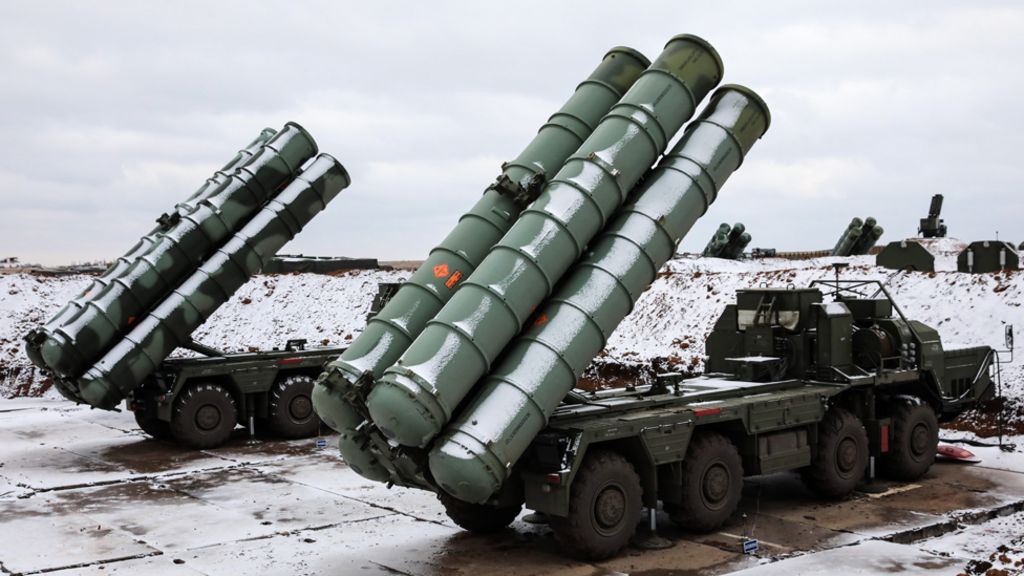The invincibility of the Russian S-400 missile system may be called into question? The US F-35 fighter developer Lockheed Martin carried out a simulation, under which they destroyed Russian military sites housing the stealth-killer S-400 air defense systems, using long-range precision-strike missiles.
Japan, Vietnam PM’ Meet In Hanoi; Vow To Collaborate On South China Sea
The Russian-made S-400 surface-to-air missile (SAM) is the most advanced air defense system in the world, capable of bringing down the F-35 Lightning II stealth fighter jets.

The S-400 surface-to-air missile (SAM) has earned the “stealth killer” tag as it has been designed to shoot down advanced combat jets like F-35s that use stealth technology to evade enemy radars.
In a video released by the Maryland-headquartered Lockheed Martin, a pair of fifth-generation F-35 stealth fighter jets are seen flying on a deep strike mission, purportedly over Russian territory.
The fighters then detect the position of the SAM sites before transmitting the information back to base, after which the intelligence is passed on to US-made M142 High Mobility Artillery Rocket System (HIMARS).
The 412 HIMARS is the latest addition to the US’ Multiple Launch Rocket System (MLRS) family. It enables troops to engage and defeat artillery and air defense systems, including Patriot and THAAD.

Once HIMARS is fed with the location data of the sites, the MLRS move within the striking range of the Russian complexes. The next-generation, long-range precision-strike missiles are then launched from HIMARS only to destroy the SAM complexes.
The latest simulation is yet another sign of the US’ disapproval of the production of the S-400 defense systems. Recently, the US has imposed sanctions on Turkey over its S-400 deal with Russia.
The Pentagon believes that the Russian missile systems combined with the potential leak of information on NATO’s defense systems could prove very dangerous for the future of the US’ most prized F-35 stealth fighter jets.
/arc-anglerfish-arc2-prod-mco.s3.amazonaws.com/public/4K7YC7YYEVCK7I2WRZJHL7S2OU.JPG)
Meanwhile, India is on track to receive the S-400 missile defense systems under last year’s deal with Russia. There had been some concerns over the deal in the wake of the US sanctions on Turkey.
However, according to sources, the US decision would not affect the Indian deal due to New Delhi maintaining autonomy in its foreign policy.
The Indian Foreign Ministry had last week emphasized that it pursued its foreign policy on the basis of national interest and hoped that it was appreciated by its partners. A statement issued by ministry spokesperson, read, “Our relations with Russia stand on their own merits, including in the sphere of military-technical cooperation.”
According to diplomatic sources, India’s case is different from Turkey as Ankara decided to go ahead with the deal despite being a NATO member.
With the Indian Foreign Ministry indicating that it had no plans to cancel the deal, the S-400 defense systems are likely to arrive in the country next year.
Follow EurAsian Times on Google News




